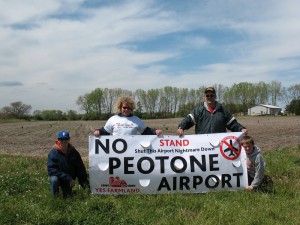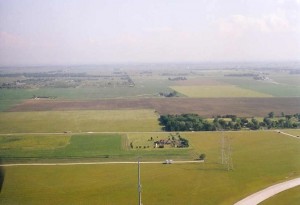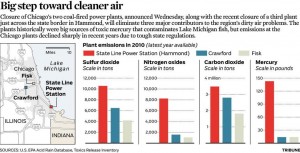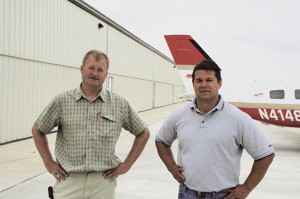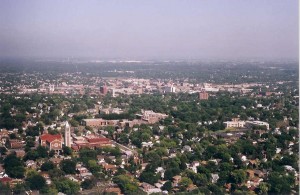After a week of deafening silence following the Newtown massacre, the National Rocket-launcher Association at last rolled out its new school safety strategy: placing an armed security guard in every American school. This is supposedly because “the only thing that can stop a bad guy with a gun is a good guy with a gun,” as noted by NRA vice president Wayne LaPierre.
In other words — surprise! — we need more guns.

(“Best deals on guns and ammo posted by users”)
The trouble is, this Wild West-inspired idea isn’t very creative or original. And it’s bound to be expensive, what with paying for the security guards’ salaries, insurance, training, equipment, medical treatment (after in-school gun battles gone awry), and the occasional funeral.
Alternatively, we might consider other slaughter-reduction strategies that don’t involve turning our schools into quasi-military installations. Something like this one, which I just thought up. I call it A Kindergartner in Every Gun Shop.

My plan’s a little different from the NRA’s approach in that its ultimate goal is fewer guns in circulation rather than more. Better yet, as a voluntary community service program staffed by five- and six-year-olds, it’s free.
Here’s how it would work. Every kindergarten class in America would be assigned to a gun shop, ammo dealer, firing range, or firearms expo somewhere in the community. Parents and teachers would develop a schedule for the students to monitor each gun-related location — with one kid at a time working a morning, afternoon, or evening shift — during business hours. Yes, each child would miss a little school every month, but the public-service experience would be mighty educational.
Customers would be required to do a fifteen-minute “kindergartner check” before buying guns or ammunition. This would involve looking into the eyes of the child, who then asks the adult a series of standard questions, such as “Do you know how many people in Illinois die each year from gun violence?” and “Do you really need yet another assault rifle for your collection?”
Assuming the customer still desired to make a purchase, the kindergartner would then run though some basic guidelines on gun safety, including “Don’t bring your gun to school and shoot at teachers”; “Never let your surly teenage son mess with your semi-automatic rifle after playing excessively violent video games“; and “Don’t point your pistol at your face to demonstrate the safety mechanism, because it might fail and you’ll blow your head off.”
Skeptics might quibble that elementary schoolchildren aren’t truly qualified to lecture adults on gun ownership and safety, since most of them are still learning their letters and numbers. (The kids, I mean.)

True, but kindergartners are really good at talking, not to mention the educational technique of “show and tell.” Some of them, particularly in crime-plagued cities like Chicago and Joliet, could offer real-life lessons in how their older relatives died in gun battles, or shot themselves accidentally, or got thrown in jail from blasting someone else. Such anecdotes can really liven up an otherwise dry lecture on firearm safety.
I see one drawback to my plan, though. Assume that the many thousands of gun dealers in our country are each open for 50-60 hours per week. Even with little Sally and Bobby pulling double shifts at their local bazooka retailer, those are a lot of business hours to cover.
I’m a little worried that at the rate that children are getting mowed down these days in our schools, we won’t have enough kindergartners to go around.
A version of this essay (“Put a Kindergartner in Every Gun Shop“) appeared as my monthly op-ed column in the Joliet Herald-News on 4 January 2012.

